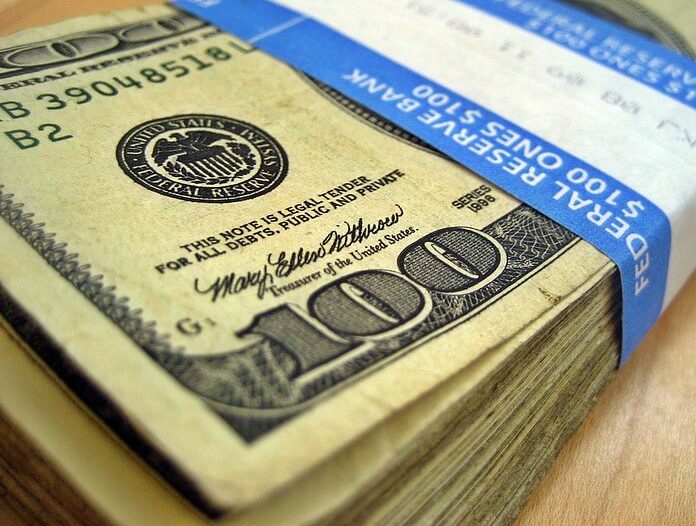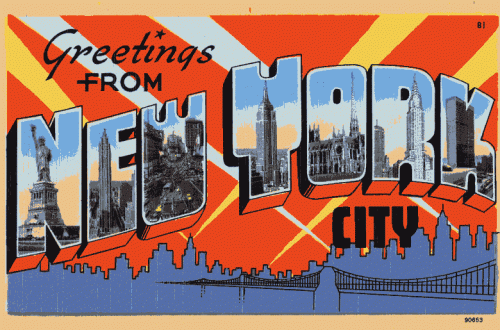
Saving a Thousand Dollars
It’s great that you’ve started a rainy day fund by saving your first $500 from bartending. Great work! If you missed our prior article about how to save your first $500, you can find it here. So you’ve started to build your saving habit, but let’s see if we can’t up the ante by taking aim at setting aside $1,000. You never know when you’ll be injured and out of work for a couple of weeks. This rainy day fund would keep the lights on and the eviction notice away.
Tracking Expenses
We return again to the wisdom of George S. Clason’s classic, The Richest Man in Babylon, which you can purchase here. The book’s central character, Arkad, explains the 2nd rule of accumulating wealth:
‘All men are burdened with more desires than they can gratify. Study thoughtfully thy accustomed habits of living. Select those that are necessary and others that are possible through the expenditure of nine-tenths of thy income. Cross out the rest…’
So the next step in securing your financial future behind the bar is to get a handle on your expenses. Evaluate weekly and monthly expenses which is made easier by referencing your online banking statements. However to really see where all your money is going, I’m going to suggest a more old fashioned approach, the hand audit. Always have on you a pocket notebook and pencil to record daily expenses, like paying for a post shift drink with your cash tip out. Those won’t ever show up on any banking statement. Small casual purchases add up quickly and represent a bigger expense than you think.
Spending Strategies
Tracking small expenses is important but what about bigger expenses like going on dates or hanging out with friends? For this we’ll need to bring in another voice of wisdom. Alan Corey lays out wonderful financial planning advice along with some brilliant cheapskate strategies in his bestselling book, A Million Bucks by 30. Some of Alan’s strategies for managing social expenses:
Concerts: When the weather heats up, free concert series, often sponsored by the city or parks departments in most major cities, do too. There’s tons of free–and, yes, good–music to be taken in. Ditto for outdoor movies.
Cheaper movies: Don’t underestimate the power of matinees, as well as milking a subscription to a service like Netflix, or watching every free movie on demand through your cable service. My personal favorite is the turn-one-movie-ticket-into-three-movies trick.
Happy Hour: Cheap drinks, and if you pick the right place, free food. Score, score, and hopefully, score.
Parks and beaches: You’ve already paid for them with your tax dollars, so go ahead and use them. (I’m betting that one of you probably already owns a Frisbee.) Throw in a picnic while you’re there.
Games: Laugh if you want; many people will tell you nothing gets them going more than a steamy game of Scrabble. Double, triple, quadruple date option: Buy a few beers, invite people over, and have a Cranium blowout. Impress the ladies with your plate of handmade hors d’oeuvres. That’s right: chips and salsa.
Mooch off your friends: Everyone is always doing something. Go see a friend’s band, check out her improv show, or invite your date to come see your show. Usually fun, laid back, and could possibly earn you some date points if at the venue you find yourself on your friend’s guest list.
Flea markets/thrift stores/garage sales: While I generally discourage shopping as recreation, just rooting around in cool old stuff is fun, and if you happen to find a vintage Lynyrd Skynyrd shirt for 25 cents, you have my blessing.
Street fairs: Free, often live music, perfect people-watching atmosphere. Instant good time.
Alan’s book contains many more money secrets sure to help any one stretch a buck. Pick up a copy here.
Your path to financial independence starts with creating the money saving habit and controlling your own expenses. With the tips provided above you now have several ways to avoid large outlays of cash in order to have a social life. We’ll cover some smart investing options in a future post.
For now, let’s get your savings up to a $1,000!
Leave a comment about your money saving journey or any money savings.





